Description
Blended learning is a new, alternative format for students to access the knowledge and skills they need. The blended learning courses combine online learning and in-person training to offer a comprehensive experience with lots of benefits. Blended learning is a low-barrier option that caters to various learning styles, student needs, and schedules.
A blended learning course covers the same course curriculum and teaches the same skills as an instructor-led only course. Successful completion of the full course yields a Standard First Aid Provider completion card.
Benefits
Blended learning courses offer flexibility to students, instructors, and managers with challenging schedules and can be offered in a renewal-style format, where available.
Students:
- Self-directed learning anywhere, any time.
- All materials in one place and accessible for a year
- Easy to fit training into busy schedules
Instructors:
- Reach more students
- Easy to combine different course disciplines
- Maximize room bookings or reduce space requirements
- Dedicate class time to strengthening skills
Institutions:
- Access to learning any time of day – even during night shifts
- Save time off the job site so staff can be with patients
Blended Learning Format
A blended learning course is completed in two parts. For each discipline, students complete a Blended – Online Component and a Blended – In-classroom Component, respectively.
- The Blended – Online Component> is the first of two components of any blended learning course and is completed entirely online. Learners are work through knowledge and skills with dramatizations, animations, self-directed study, and interactive activities. After successfully completing all modules of the online component, students will receive a receipt called the ‘Blended Class Pass’. The Class Pass allows entry to the Blended – In-classroom Component when presented to the course instructor.
- The Blended – In-classroom Component is the second of two components of any blended learning course and is completed in-person with a Heart & Stroke instructor. Learners work through hands-on skills practice, debriefing, team scenarios, discussions of local protocols, and skills testing.
Both components must be successfully completed to receive a completion card.
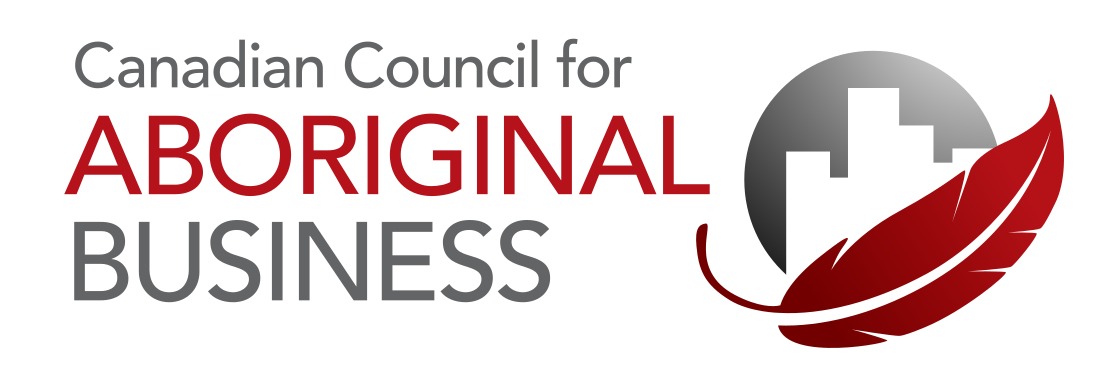
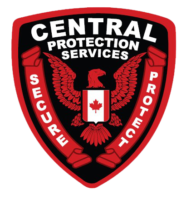

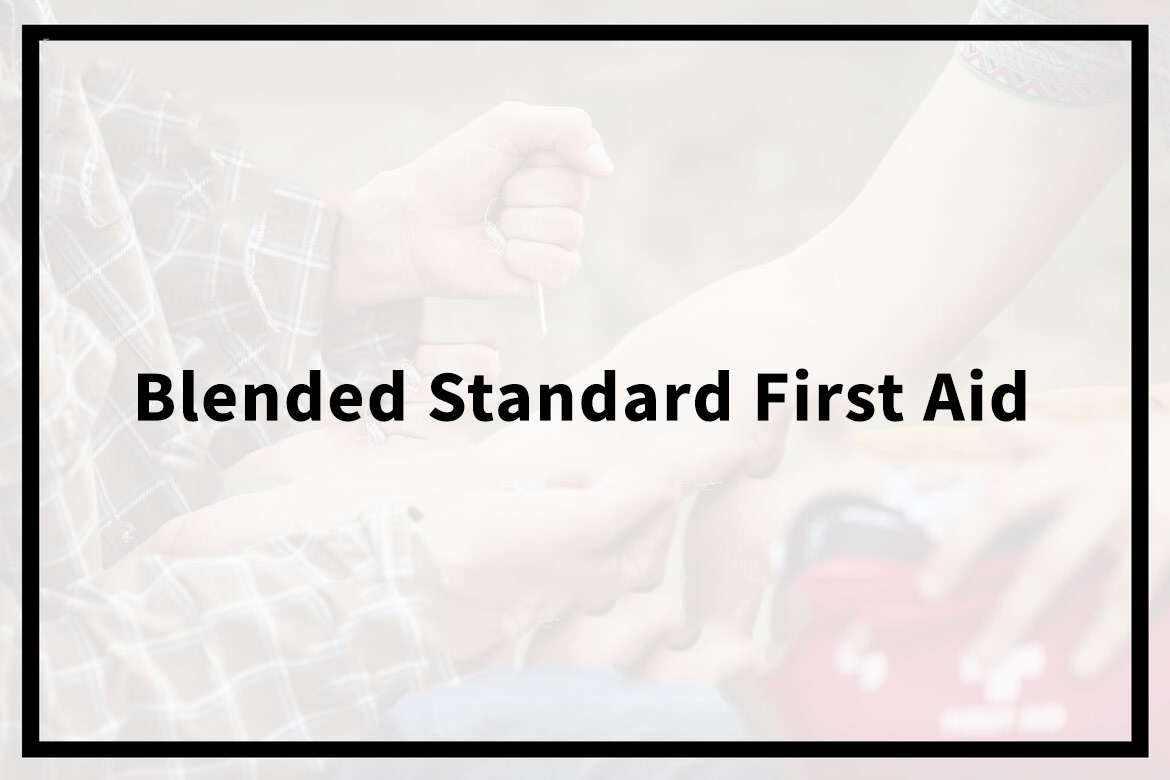
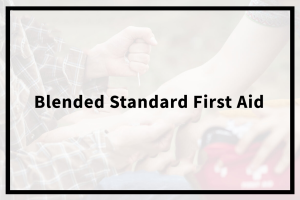
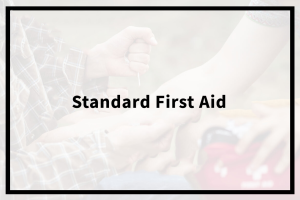
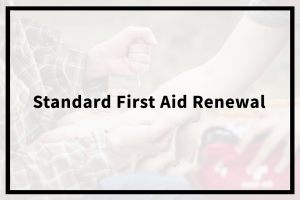




Reviews
There are no reviews yet.